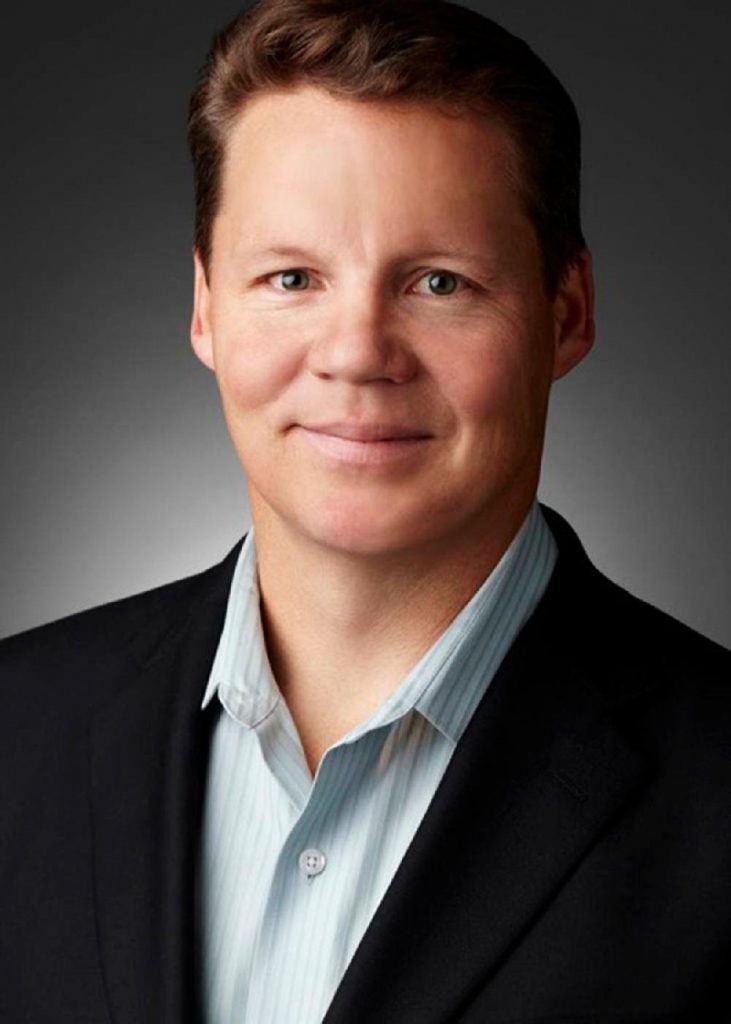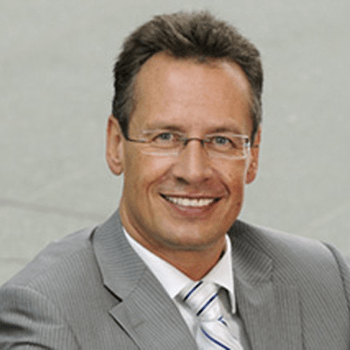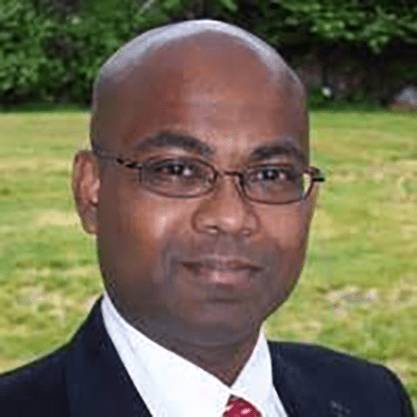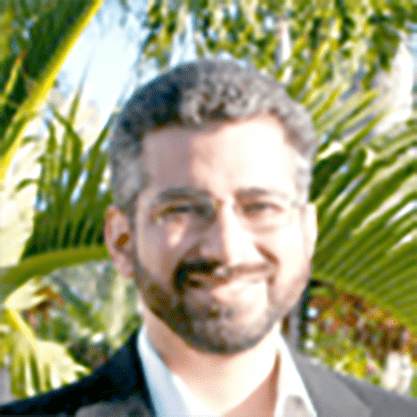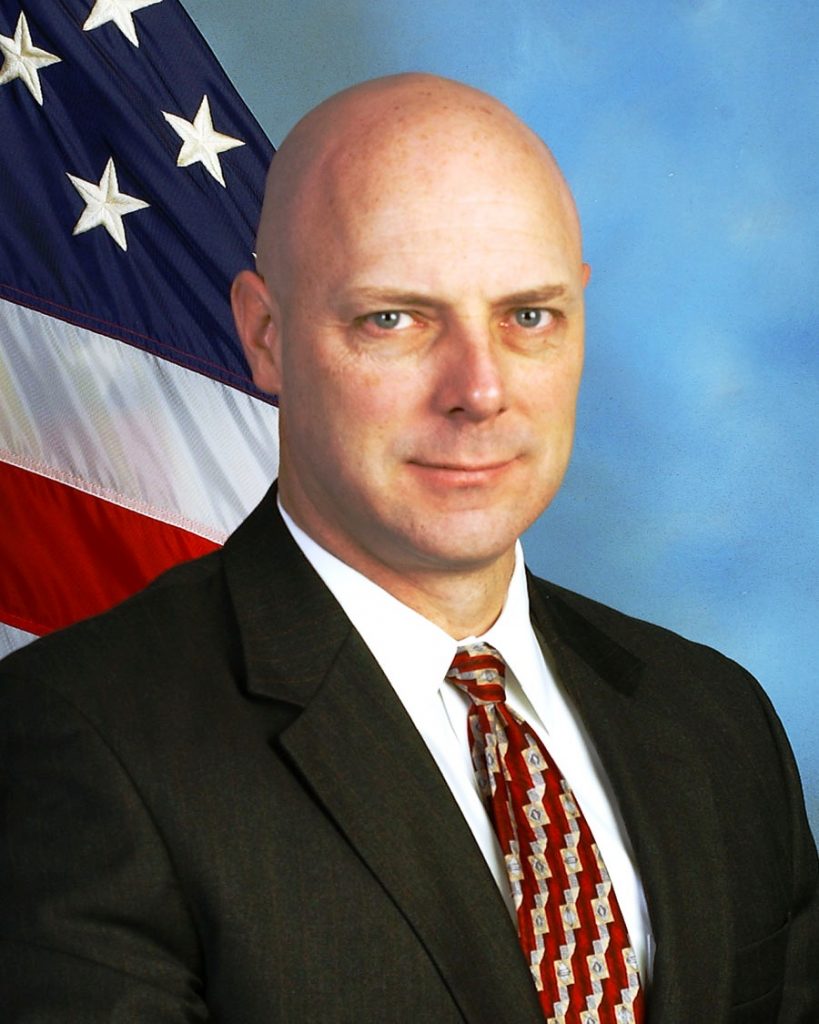Following the huge adoption of Consumer Internet, we are entering the age of Industrial Internet. According to a recent study by McKinsey, by 2025 with the adoption of Industrial Internet, digitization of industrial applications (software applications) will account for 43% of the global economy, or approximately $43 trillion yearly. Also, the report suggests that the Internet of Things (IoT) could create $11.1 trillion on annual basis by 2025. These horizons present new waves of opportunity, growth and innovation, however, it all depends on our ability to streamline IT Infrastructure and Software Delivery. With the recent evolution in Cloud, Social, Mobile and Open Source Technologies the classic IT has been disrupted – the old Compute, Network, and Storage models and associated industries are seeing a sea change and fighting for their survival and relevance. Open Source revolution has enabled a host of infrastructure related technologies: New Operating Systems, Programming Languages, Databases, Consumption Models, and most importantly Automation Standards throughout the Information Technology stack. Commoditized hardware, big data analytics, software-defined data centers (SDDC), software-defined networking (SDN) and host of new platforms are providing new infrastructure for business and technology operations.
Additionally, Software Application development, upgrades, and maintenance form the heart of IT organizations, typically claiming 50% of IT budgets, approximately $1.8 trillion annually. However, in most large-scale organizations 80% of Software projects are failing to deliver full value. In the majority of organizations, engineers tend to spend most of their time on activities other than developing code, such as waiting for tools, managing the environment, and dealing with release management inefficiencies with cycle times spanning weeks and months.
Software release should be fast, reliable, repeatable and fully automated. Forward thinking companies are embracing Agile, CI/CD, DevOps, and next generation Cloud technologies to release their large projects with complicated codebase several times a day to gain new levels of efficiencies and business innovations. These developments in IT Infrastructure and Software Delivery, demand new ways of thinking about the enterprise, information systems, work, and the new role of IT and Engineering organizations and their executives. The program will explore opportunities in all core areas of IT Infrastructure and Software Delivery preparing organizations for the age of Industrial Internet, a $100 trillion annual economy by 2025.
ADDRESSING CHALLENGES, HOW TO:
- Eliminate legacy in all core areas of IT and communication systems
- Strategize data center consolidation, migration and Cloud adoption
- Replace antiquated development environments, technology and tools
- Address legacy applications, data cleansing, and cyber security
- Generate more value from data access and analytics
- Tackle governance, logistics, workforce, and IT Modernization
KEY LEARNING AND TAKEAWAYS:
- Mastering new rules at the intersection of IT, business, and innovation
- Identifying technologies to transform IT and modernize the enterprise
- Evaluating business value of the disruptive technologies for enterprise adoption
- Distinguishing innovative technology from ‘new marketing of same old technologies’
- Differentiating incremental changes from complete transformation of IT
- Transforming business using social media, mobile internet and cloud computing
BUSINESS TRANSFORMATION OPPORTUNITIES:
- Revitalization of corporate information and communication systems
- Deployment of IT to better support research, innovation and business growth
- Transformation of business processes through strategic adoption of IT
- Modernization of engineering organization, capable of delivering breakthrough products with faster time to market with predictability and deliberation
- Rejuvenation of engineering teams as a result of a better functioning organization
WHO SHOULD ATTEND:
- CIOs, IT CTOs, VPs of Development, VP of Software, and VPs of IT (all areas)
- CTOs, VPs of Engineering, VPs Products, and Director R&D Labs
- CISOs, CFOs, COOs, and Chief Architects & Strategy Officers
KEYNOTE SPEAKERS
